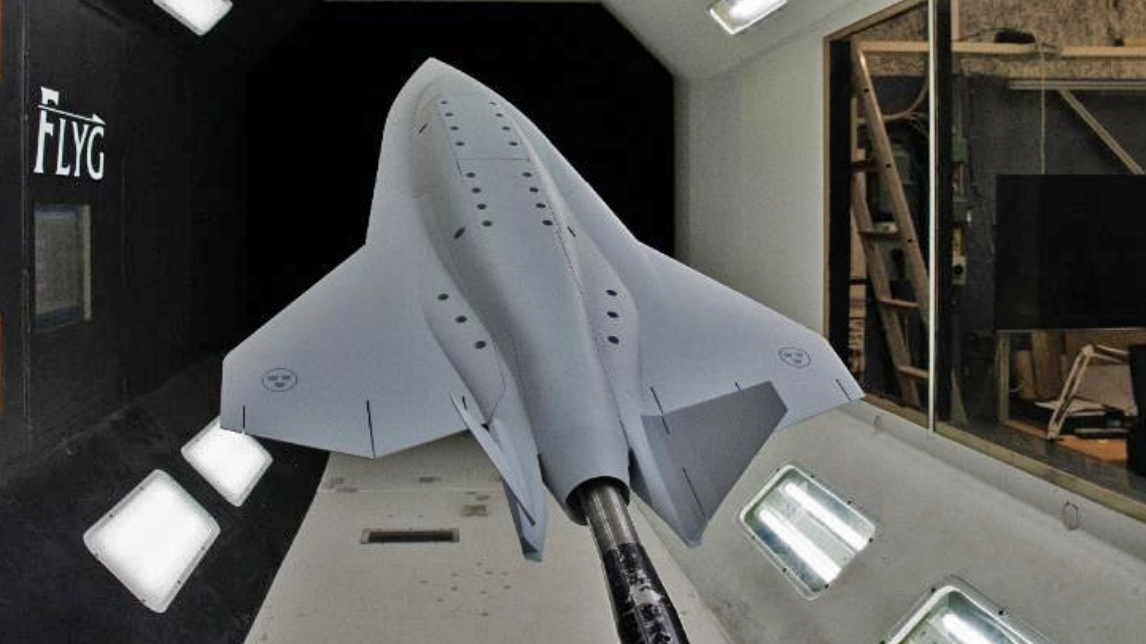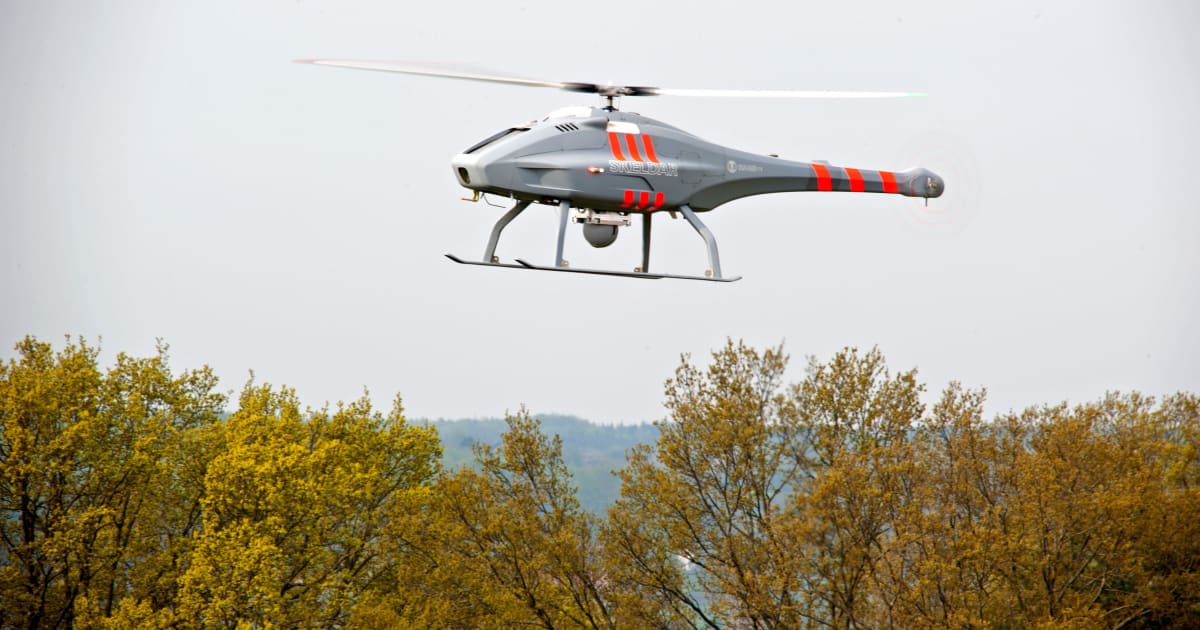Rainbow1910
Sr. Member
- Reaction score
- 1,839
- Points
- 810
One of the many goals of the New Fighter Aircraft Project which procured the CF-18 Hornet was to consolidate the large cold war fighter fleet into a single, multi-purpose fighter. Given that fighter aircraft are generally the most high performance and advanced aircraft in inventory for an airforce, they subsequently require the most maintenance, certifications, pilot training and substantial logistical tails in comparison to helicopters, cargo aircraft, trainers, etc. Another fighter specifically has the potential to seriously harm the RCAF's personnel and sustainment capability simply due to what these platforms require to fly and continue flying, even a "cheap and simple" fighter like the Gripen E is still an incredibly advanced and complex piece of machinery.I don't understand the aversion to a mixed fighter fleet. Canada already operates "mixed fleet" in that we have C130, C17, F18, a few different helos etc. Is one more platform going to break us?
A mixed fighter fleet between say a 4th gen and a 5th gen fighter makes little sense as you are paying a similar cost for a bunch of aircraft that do the same role, except one is worse in capability than the other and neither share the same logistics, upkeep and supply chains as the other. You are doubling up on training requirements for two separate but overlapping fighter types, pilots simply cannot transition from fighter to fighter like they can within a homogenous fleet.
All of this for the dubious goal of an artificially lowered operating cost on the Gripen E? I don't see the logic or the savings that people seem to be pushing for. The RCAF is in bad shape as it is right now, adding two different fighters into the foreseeable future is not going to make that situation better.







